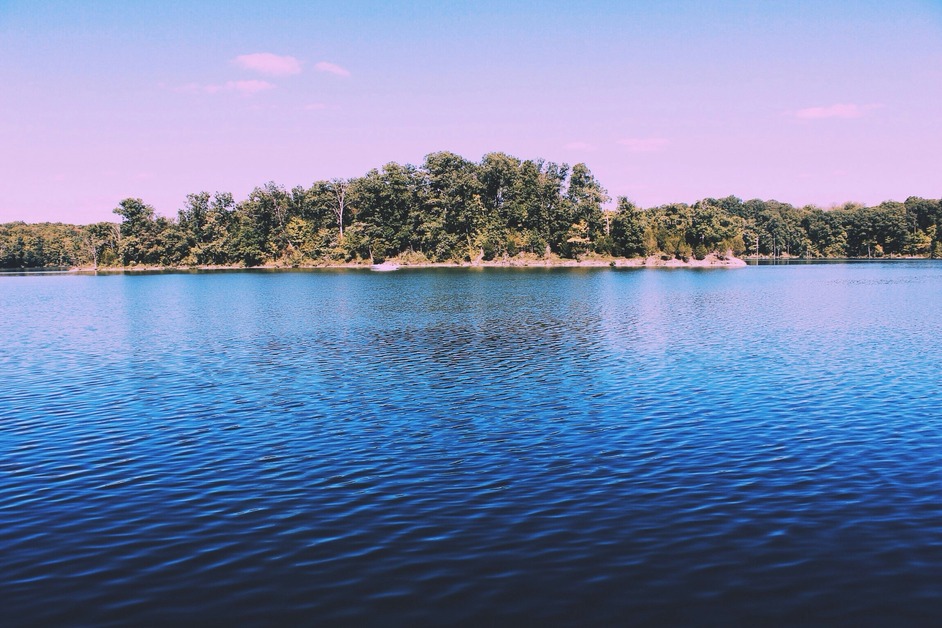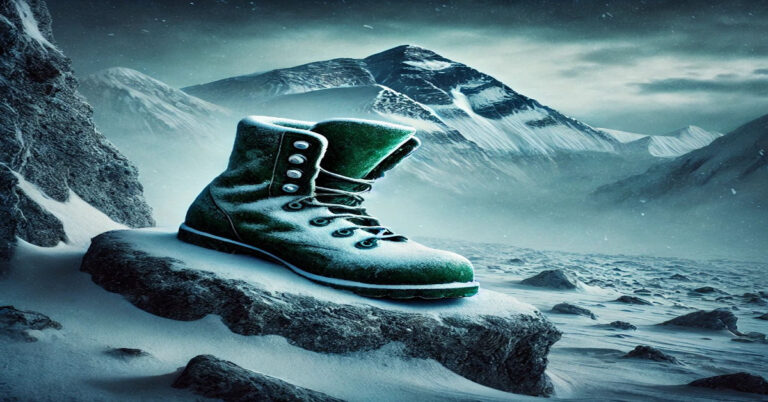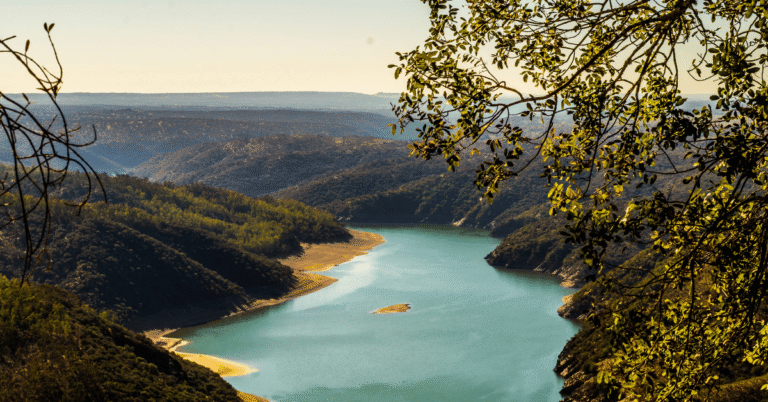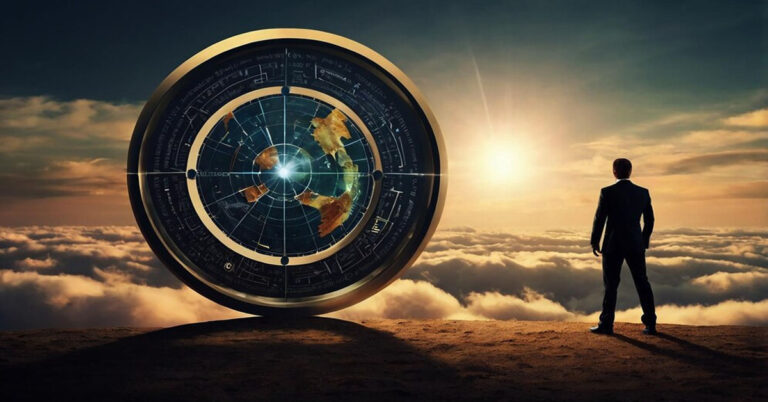Lake Nalubaale: East Africa’s Majestic Waterscape and Its Deep Cultural, Economic, and Ecological Ties
1. Understanding the Name: Why Lake Nalubaale Matters
Before colonial mapping replaced local names with anglicized alternatives, East Africans referred to the lake as Nalubaale—a name rooted in the Baganda language, meaning “the home of gods.” The name reflects deep cultural reverence. The lake was believed to be spiritual, housing deities who controlled rainfall, fertility, and natural balance.
The European name “Lake Victoria” was introduced by British explorer John Hanning Speke in 1858, in honor of Queen Victoria. However, efforts in Uganda and other East African regions have steadily aimed to reassert indigenous identity, restoring Lake Nalubaale in common use, particularly in local education, conservation initiatives, and political discourse.
Understanding this name is critical: it encapsulates the ongoing struggle for cultural preservation in the face of historical and environmental upheaval.
2. Geographical Significance of Lake Nalubaale
Lake Nalubaale is one of the African Great Lakes and the largest tropical lake in the world. Its shoreline touches three countries: Uganda, Kenya, and Tanzania.
Key Physical Attributes:
| Attribute | Value |
|---|---|
| Surface Area | Approximately 68,800 km² |
| Average Depth | Around 40 meters |
| Maximum Depth | 83 meters |
| Elevation | 1,134 meters above sea level |
| Outflow | Victoria Nile (at Jinja) |
| Main Inflow Rivers | Kagera River, Katonga River |
| Islands | Ssese Islands, Ukerewe Island |
The lake plays a central role in East Africa’s hydrological network, forming the source of the White Nile, which flows northward through Sudan and Egypt before entering the Mediterranean Sea.
3. Ecological Diversity: A Rich But Fragile Balance
Lake Nalubaale is a cradle of biodiversity. Its ecological wealth once featured more than 500 species of fish, including over 300 endemic cichlid species. The lake’s ecosystem is unique not only in the number of species but in its role in evolutionary biology studies.
However, the ecological balance is delicate. Three major ecological concerns are:
A. Introduction of Nile Perch
In the 1950s, Nile Perch was introduced to boost commercial fishing. While successful in economic terms, the predator species led to the extinction or endangerment of hundreds of native fish. The ecosystem was disrupted, changing dietary habits and fishing practices across the region.
B. Water Hyacinth Invasion
Water hyacinth, an invasive species introduced unintentionally, forms dense mats that block sunlight, deplete oxygen, and prevent fishing. Though some control methods have been applied—like mechanical removal and biological control using weevils—the problem persists.
C. Pollution and Eutrophication
Pollution from agricultural runoff, sewage, and industrial waste has led to nutrient overload (eutrophication), resulting in algal blooms and dead zones. This affects water quality and human health in riparian communities.
4. Human Settlements and Livelihoods Around Nalubaale
Over 30 million people live around Lake Nalubaale’s basin. The lake supports agriculture, fishing, transport, energy, and tourism—making it an economic lifeline for the region.
A. Fishing Industry
Fishing is the most prominent activity. The main commercial species now include:
- Nile Perch
- Tilapia
- Silver Cyprinid (Dagaa)
Despite its importance, overfishing and the use of illegal nets have strained fish populations. Governments have attempted seasonal bans and community-based enforcement, with mixed success.
B. Agriculture
The basin’s fertile lands support maize, cassava, banana, and sugarcane farming. Irrigation from the lake enhances productivity, but agricultural runoff is a significant source of water pollution.
C. Transportation
Ferry and cargo transport across the lake connect ports like Kisumu (Kenya), Mwanza (Tanzania), and Entebbe (Uganda). With improvements in infrastructure, lake transport is re-emerging as an economical alternative to congested roads.
5. Cultural and Spiritual Dimensions
The spiritual relevance of Nalubaale goes beyond myth. The Ssese Islands, located within the lake, are regarded as sacred. One of them, Bubembe Island, is considered the seat of the god Mukasa.
Traditional beliefs are deeply interwoven with environmental stewardship. In some communities, taboos prohibit fishing on certain days or from sacred spots—early forms of resource conservation.
6. Energy Production and Economic Development
The lake is central to Uganda’s energy grid. The Nalubaale Dam, previously known as the Owen Falls Dam, was built in the 1950s. This hydroelectric station, along with Kiira and Bujagali dams, generates a large portion of the country’s electricity.
These developments have come with environmental trade-offs:
- Altered water flow has changed fish breeding grounds.
- Reduced water levels have affected transport and irrigation.
Still, the regional need for electricity continues to drive expansion in hydroelectric power, leading to calls for sustainable dam management strategies.
7. Regional Cooperation and Political Implications
Lake Nalubaale sits at the crossroads of international diplomacy and regional cooperation. Disputes over fishing rights and resource management have occasionally strained relationships between Uganda, Kenya, and Tanzania.
To address this, the Lake Victoria Basin Commission (LVBC) was formed under the East African Community (EAC). The LVBC’s mission includes:
- Coordinated policy-making
- Water quality monitoring
- Disaster preparedness
- Pollution control
However, enforcement mechanisms remain weak, and political will varies across member states.
8. Tourism Potential and Sustainable Travel
While Lake Nalubaale is already a popular destination, particularly around Entebbe and Jinja, its full tourism potential is yet to be realized.
Popular activities include:
- Boat tours
- Bird watching (home to over 400 bird species)
- Sport fishing
- Cultural visits to island communities
Challenges for tourism development include:
- Inadequate infrastructure on remote islands
- Health concerns (e.g., bilharzia and malaria)
- Safety standards for lake transport
Eco-tourism is emerging as a solution, focusing on community-run lodges, low-impact activities, and conservation-based travel.
9. Climate Change and Lake Nalubaale’s Future
Climate change poses one of the most pressing threats to the lake. Observed impacts include:
- Unpredictable rainfall patterns
- Frequent shoreline flooding
- Extended drought periods affecting water levels
These shifts disrupt not just livelihoods but regional water security and electricity generation. Adaptation strategies—such as early warning systems, resilient crop planning, and improved dam management—are being discussed but are often underfunded or uncoordinated.
10. Youth, Education, and Innovation
Younger generations are stepping up to protect Lake Nalubaale. Across Uganda and neighboring countries, school-led programs, university research initiatives, and tech-driven startups are addressing challenges with fresh perspectives.
Examples include:
- Plastic collection and recycling projects around lake beaches
- Mobile apps to report illegal fishing
- Citizen science initiatives for water quality monitoring
Education is pivotal not only in raising awareness but in building a new generation of environmental stewards who view the lake as a heritage, not just a resource.
Conclusion: Why Lake Nalubaale Matters Now More Than Ever
Lake Nalubaale is a vast mirror of East Africa’s complexity—historical, cultural, ecological, and economic. It is both timeless and changing. At once a source of life and a site of conflict, a spiritual sanctuary and a commercial zone, a biodiversity hotspot and an environmental warning sign.
As pressures on the lake grow—from population surges to climate volatility—so too does the urgency to protect it. And that protection requires more than policy; it needs a philosophical shift, a return to seeing the lake not only as Victoria, a colonial asset, but as Nalubaale, a sacred home of gods and generations.
Only then can we build a future where development and conservation walk side by side on the shores of Africa’s grandest lake.







